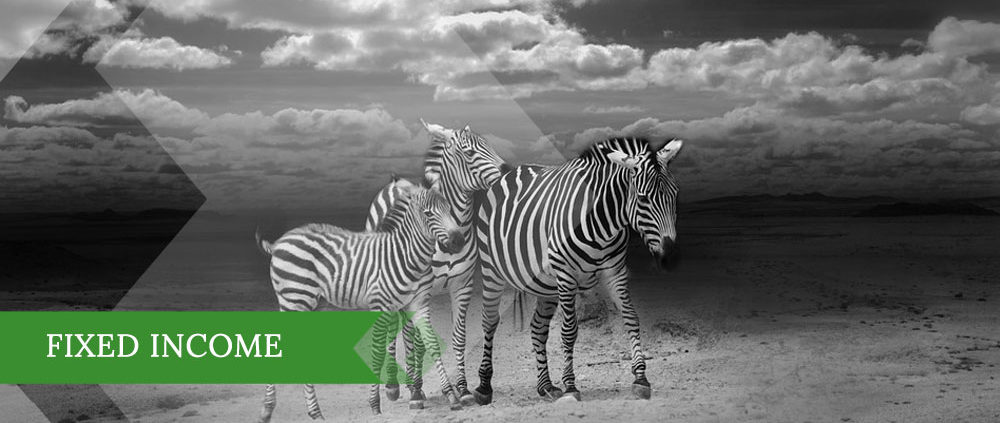Sprott Asset Management is running an ad that states in big, bold letters: “Bonds are broken.” It guides investors to look at alternative strategies because yields on conventional bonds are so low.
The ad hits on the question of the day – should we own any bonds at all?
For investors who have a long time horizon and are contributing to their portfolios, it could be argued that the answer is no. The need for income is years away and volatility is something to be embraced, not avoided. Unfortunately, it’s not so clear-cut because few accumulators can stomach the jolting drops that go along with an all-equity portfolio.
For retired investors who need income and stability, the answer is considerably harder.
Before assessing alternative strategies, we need some background.
The greatest ever
Since 1981, bonds have been the Bobby Orr of asset classes. They’ve been great offensively (returns), and yet have not shirked their defensive responsibilities (diversification). In addition to providing a steady stream of income, bonds regularly generated capital gains – interest rates fell from the high-teens to near zero, causing bond prices to rise. It’s been one of the great bull markets of all time.
Moreover, there were only three losses in 35 years and during every stock-market decline, bonds rose in value. Bobby Orr, indeed.
Going forward, however, the math would suggest that bonds’ offensive and defensive skills have been severely eroded. I say that because the best predictor of future bond returns is the current yield, and unfortunately, the bond market, as measured by the FTSE TMX Canada Universe Bond index, is yielding only 2 per cent.
As the “Bonds are broken” ads suggest, there are a plethora of bond alternatives to consider. In assessing their merits, it’s important to understand the potential returns, the downside risks and how they complement other parts of your portfolio.
High-yield bonds
I expect that a diversified portfolio of high-yield bonds will continue to generate attractive long-term returns. The higher coupon on these bonds more than offsets the inevitable defaults that occur. You should expect, however, a loss every four to seven years.
Where high-yield bonds come up short is on the diversification front. They are highly correlated to the stock market, meaning they go up and down together.
Dividend stocks
With dividend yields on many stocks now running above bonds, some investors have chosen to replace their bonds with bank, insurance, utility and real estate stocks. Offensively, there’s no question these securities will be bond beaters over the long term. Unfortunately, at the defensive end, they’re nowhere to be found. After all, dividend stocks are stocks, so they move in line with the higher-risk parts of your portfolio. Lest we forget, Canadian banks fell by over 40 per cent in 2008-09.
Indexed-linked notes
The advertising for these banking products would suggest the second coming of the Bruins’ No. 4, but they fall far short. The promise of stock market participation with no downside risk misrepresents their abilities. Rather, the return from these notes is hard to predict because of fees, price caps, no dividends and mind-bending return calculations. Whenever I analyze an index-linked note, I’m reminded of the adage: The more complex the product, the lower the return.
In reality, index-linked notes are savings products, not investment vehicles, so it’s not surprising they shine on the defensive end. At a minimum, you get your money back when they mature.
Balance is key
To determine how these and other bond alternatives fit into your portfolio, you need to know their unique set of risks and how they will behave in different market scenarios. If the fees are reasonable, most alternatives have the potential for higher returns, but they come with more downside risk. And any substitution guarantees that your portfolio will be more volatile because there’s no better diversifier than high-quality bonds.
To my mind, the answer to the bond challenge is balance – a mix of cash or GICs, government and corporate bonds, mortgages, high-yield and perhaps something exotic, such as leveraged loans or hedge fund strategies. But along with this blend must come the realization that fixed income is unlikely to be your Bobby Orr, or even Erik Karlsson.
SOURCE: The Globe and Mail



